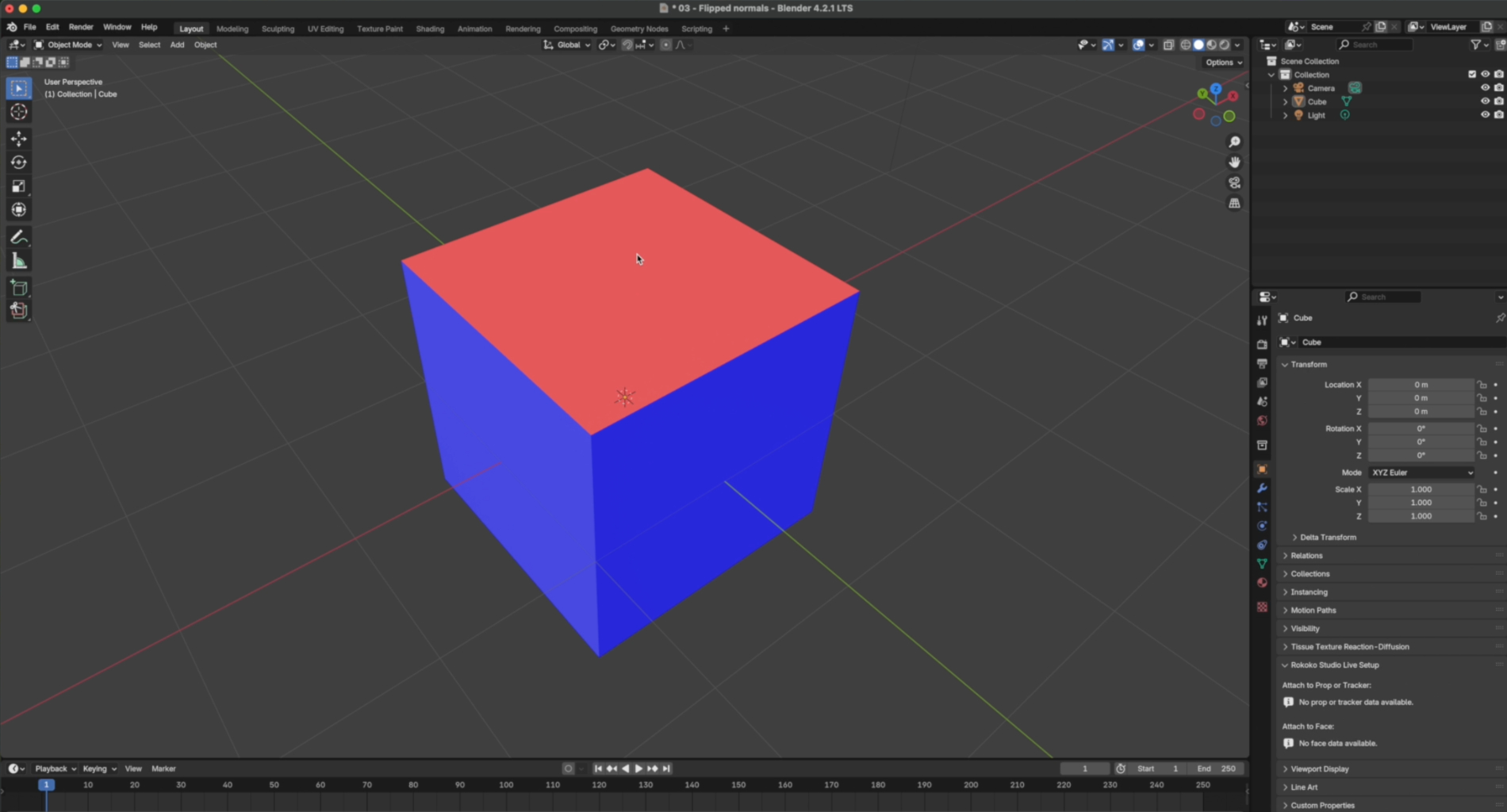The art of robotics
The Embassy's original -style Citroën C4 spot became a worldwide cult hit. With the studio just having finished work on a sequel, we asked its CG team to reveal some of the ad's technical secrets.
Television audiences got their first taste of vehicular dancefloor magic back in 2004. A relative newcomer to the field of CG, Vancouver-based VFX studio The Embassy Visual Effects had already turned heads with its viral short film Tetra Vaal and some impressively photoreal ads for the likes of Nike. But it was the Citron 'Alive with Technology' ad that really put the studio on the map - and a spring in the step of CG-based car ads. Fusing perfectly believable virtual visuals, directorial flair, and some seriously cool dance moves, The Embassy created what is now regarded as a genuine classic.
Now the studio is back on board for the third spot in what is becoming an increasingly long-running campaign, and has been working hard to push the concept of a car that transforms into a robot to even greater heights. In contrast to the original spot, for which director Neill Blomkamp utilised a virtual camera and 3D environment constructed from photographs, the new ad's director, Trevor Cawood, chose to undertake a live shoot in South Africa - a location chosen principally for its favourable lighting conditions. A new transforming CG vehicle was then integrated into the plates with the help of elements rebuilt in 3D to aid the creation of shadows and reflections.
"The brief was pretty open," says The Embassy president Winston Helgason. "The idea was to have the robot running, but other than that, it was simply 'make it look cool'. The client did come back and ask if we could find something else for the robot to do, though, so we came up with the rail slide [which the bot performs along the restraining barrier by the side of the road]."
Over the course of the next five pages, the studio's 3D and compositing staff reveal just how their cybernetic star was rigged and animated to perform such a stunt. They also explore some of the shading and lighting techniques used to generate the photorealistic renders of the modified car necessary to composite it seamlessly into the background plate.
Helgason reveals that the studio's preferred tool for this kind of work is LightWave 3D's own renderer, its raytracing proving particularly well suited to hard surface lighting. Dropping HDRI set data into the program and adding additional lights, the studio is able to get a scene fully lit in a matter of minutes. But ultimately, he says that the real secret of photorealism in the Citro«n ads is simply attention to detail.
"The most important thing is to understand how lighting really works, and then learn to match the way it reacts to metallic surfaces," he says. "That, and then adding loads of extra model detail is what makes the results so effective."
Click here to download the tutorial for free
Get the Creative Bloq Newsletter
Daily design news, reviews, how-tos and more, as picked by the editors.

Thank you for reading 5 articles this month* Join now for unlimited access
Enjoy your first month for just £1 / $1 / €1
*Read 5 free articles per month without a subscription

Join now for unlimited access
Try first month for just £1 / $1 / €1

The Creative Bloq team is made up of a group of design fans, and has changed and evolved since Creative Bloq began back in 2012. The current website team consists of eight full-time members of staff: Editor Georgia Coggan, Deputy Editor Rosie Hilder, Ecommerce Editor Beren Neale, Senior News Editor Daniel Piper, Editor, Digital Art and 3D Ian Dean, Tech Reviews Editor Erlingur Einarsson, Ecommerce Writer Beth Nicholls and Staff Writer Natalie Fear, as well as a roster of freelancers from around the world. The ImagineFX magazine team also pitch in, ensuring that content from leading digital art publication ImagineFX is represented on Creative Bloq.
